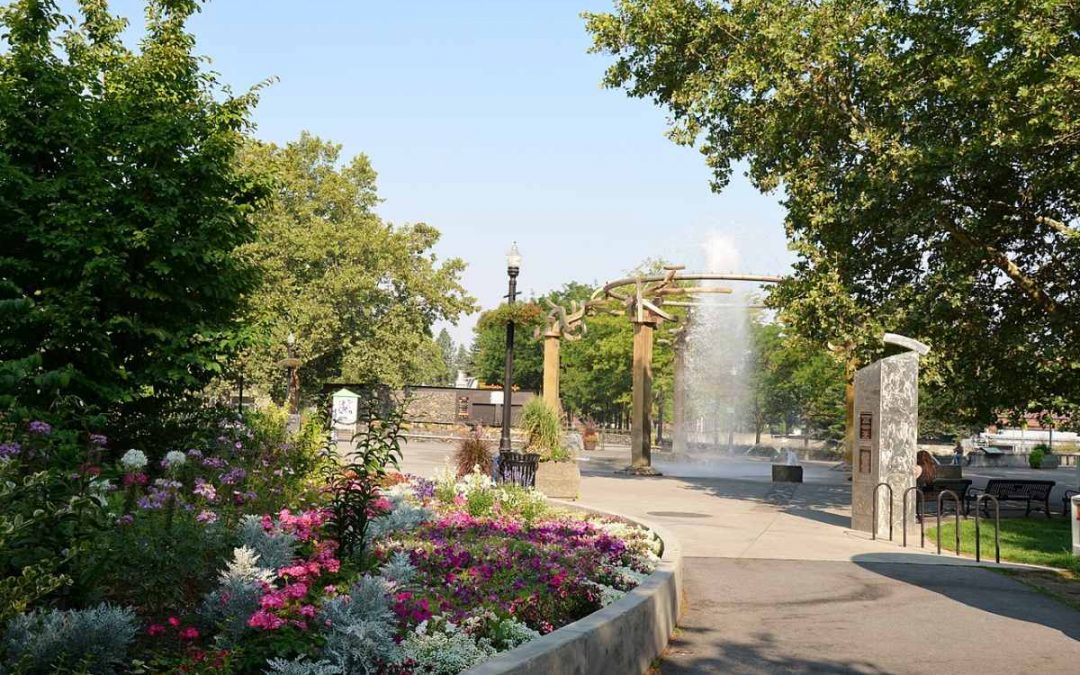You can enjoy a fantastic garden in Lilac City by planting native plants that are adapted to the city’s warm summers and cold, snowy winters. Need a guide? Let’s take a look at the 10 best native plants for Spokane.
In this article:
- Advantages of Native Plants Over Non-Natives
- Best Native Plants for Your Spokane Yard
- How To Choose Native Plants
- The Final Word
Advantages of Native Plants Over Non-Natives
Native plants belong to a specific region and have been growing there for several years. They are well-adapted to a region’s weather and soil conditions.
Here’s why native plants are better than non-natives.
- They require less water.
- They resist pests and diseases naturally. So, they need fewer chemical treatments, making them more eco-friendly.
- They are easier to maintain as they naturally adapt to your soil’s condition.
- They attract native bees, butterflies, hummingbirds, and other pollinators to your lawn.
Best Native Plants for Your Spokane Lawn
1. Common Camas (Camassia Quamash)
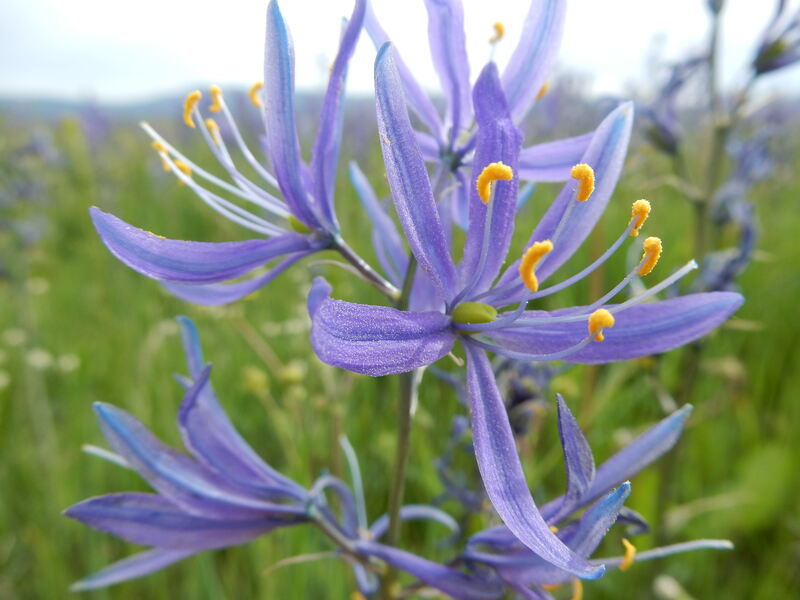
Photo Credit: Matt Lavin / Flickr / CC BY-SA 2.0
Common camas is beautiful with its star-like violet-colored florets. It blooms from April to June and goes dormant for the rest of the year. When in full bloom, this flower attracts pollinators such as mason bees, bumblebees, and hoverflies.
Common camas prefers full sun and grows best in moist, humus-rich soil. Plant the camassia bulb with the pointy end facing up. Also, leave a 6-inch gap between each bulb.
Growth habit: Flower
Mature size: Up to 2.5 feet tall and a foot wide
Duration: Perennial
Foliage: Green, with violet blooms
Sunlight needs: Full sun
Soil preferences: Rich, moist, well-drained soil
Water needs: Moderate
Potential hazards: Toxic to humans and pets
2. Sierra Shooting Star (Dodecatheon Jeffreyi)
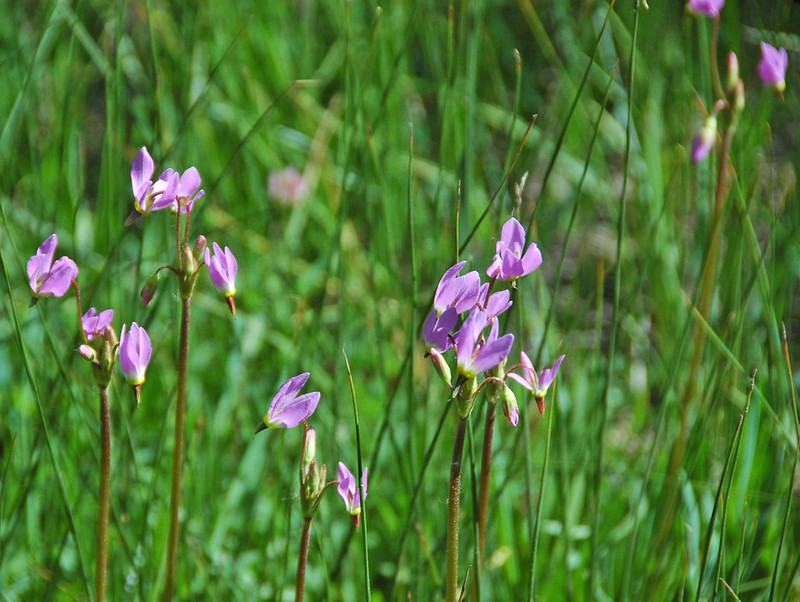
Photo Credit: James St. John / Flickr / CC BY 2.0
Sierra shooting star earns its name from the tiny “shooting stars” that appear to shoot flames from the end. Sierra shooting star blooms from April to June and looks attractive with lavender or bluish flowers. Bumblebees love this flower, and they are its primary pollinator. Sierra shooting star grows best in full sun and humus-rich, well-drained soil.
Growth habit: Flower
Mature size: Up to 2 feet tall and 2 feet wide
Duration: Perennial
Foliage: Deep green, with purple flowers
Sunlight needs: Full sun
Soil preferences: Rich, moist, and well-drained soil
Water needs: Moderate
Potential hazards: N/A
3. Red Flowering Currant (Ribes Sanguineum)
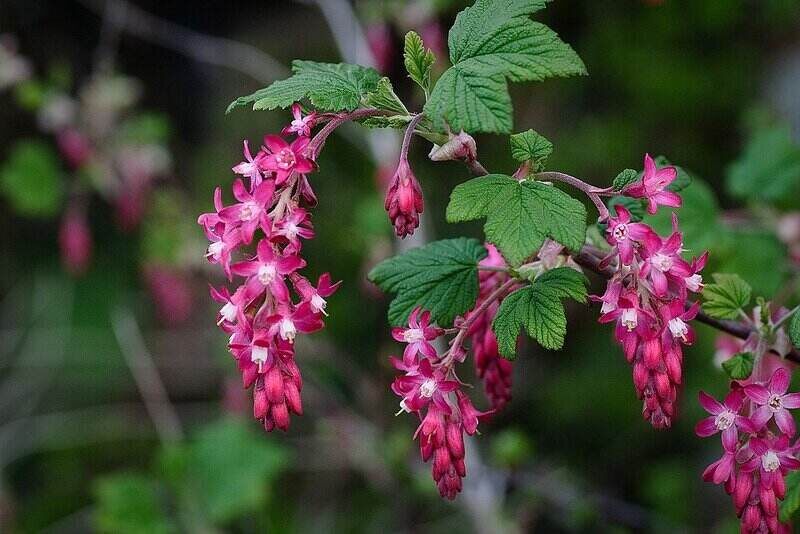
Photo Credit: Mark Robinson from Williton, UK / Wikimedia Commons / CC BY 2.0
Red flowering currant grows best in full sun and blooms from May to June. The red flowers are a treat to hummingbirds and butterflies and have a distinctive sweet, spicy, and resinous scent.
In the fall, red flowering currant produces small dark blue fruits that songbirds love. These berries are edible, and you can use them to make jam or syrup.
Growth habit: Shrub
Mature size: Up to 10 feet tall and 10 feet wide
Duration: Perennial
Foliage: Medium to dark green, with red flowers
Sunlight needs: Full sun to partial shade
Soil preferences: Sandy, loamy, clay, well-drained soil
Water needs: Moderate
Potential hazards: Non-toxic
4. Salal (Gaultheria Shallon)
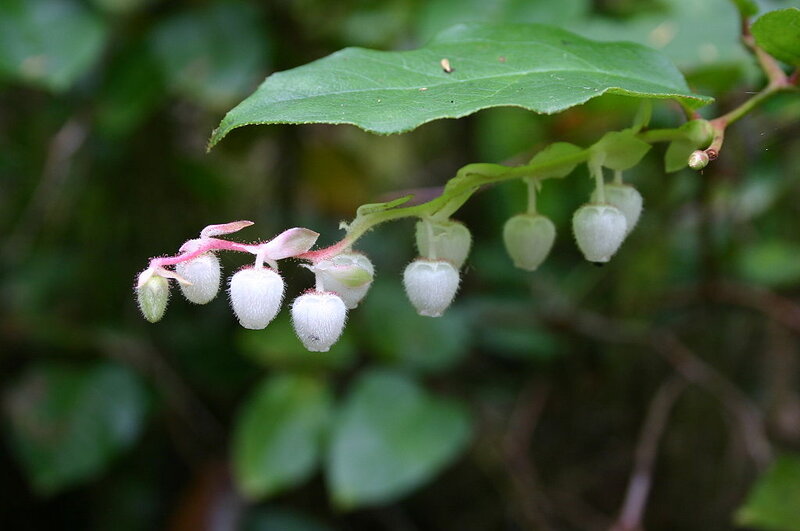
Photo Credit: Wing-Chi Poon / Wikimedia Commons / CC BY-SA 2.5
Salal has shiny dark green leaves with bell-shaped pinkish-white flowers that appear in spring. Once the blooming season ends, the flowers transform into dark edible berries that you can use to make jellies. Birds love these berries, too, so, make sure you get them before the birds do.
Salal grows best in partial to full shade, reaching heights up to 6 feet. It has a deep root system and can grow in most soil types. Salal can spread up to 5 feet over time, creating a thicket that birds love.
Growth habit: Shrub
Mature size: Up to 6 feet tall and 5 feet wide
Duration: Perennial
Foliage: Dark green
Sunlight needs: Partial to full shade
Soil preferences: Rich, moist, well-drained soil
Water needs: Moderate
Potential hazards: Non-toxic
5. Indian Plum (Oemleria Cerasiformis)
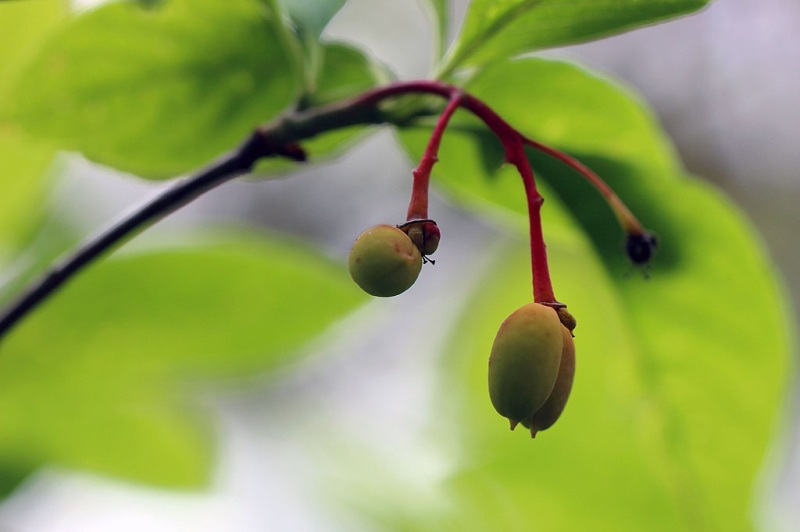
Photo Credit: USFWS – Pacific Region / Wikimedia Commons / Public domain
Indian plum has a delicate appearance with pale green leaves. It blooms during early spring, displaying white flowers that attract native bees, hummingbirds, and moths. Indian plum grows best in partial shade and can reach up to 15 feet in height.
Indian plum produces fruits during summer that are edible for humans. They have a bitter taste even when fully ripe.
Growth habit: Shrub
Mature size: Up to 15 feet tall and 12 feet wide
Duration: Perennial
Foliage: Green
Sunlight needs: Partial shade
Soil preferences: Moist, well-drained soil
Water needs: High
Potential hazards: Non-toxic to humans. Toxic to pets.
6. Oregon Grape (Mahonia Aquifolium)
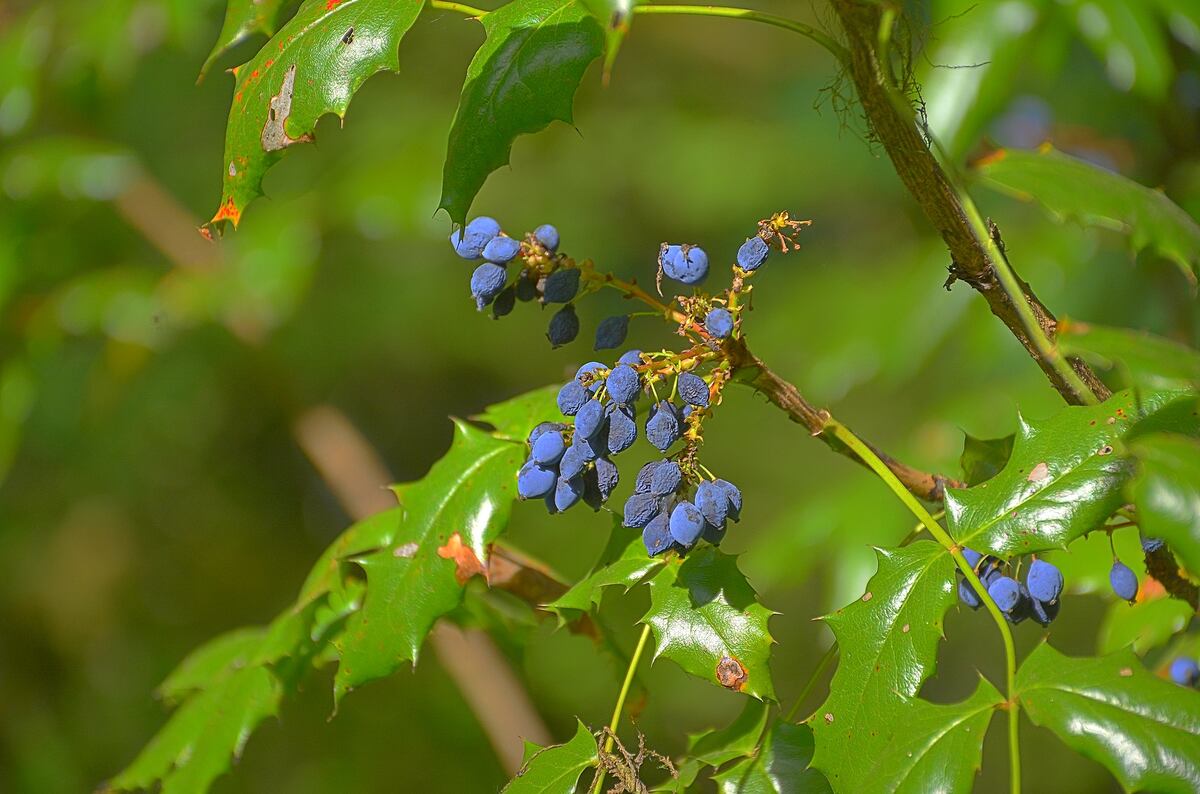
Photo Credit: Kirt Edblom / Flickr / CC BY-SA 2.0
Oregon grape blooms in spring, producing bright yellow flowers that are lightly scented. These flowers attract bees, hummingbirds, and butterflies. The flower matures into fruits during summer. It grows best in full sun and can tolerate almost all soil types.
Oregon grape berries are edible for humans, but they have a sour taste to them. The shiny green leaves of this shrub look unique with its wavy spine-tipped edges.
Growth habit: Shrub
Mature size: Up to 10 feet tall and 5 feet wide
Duration: Perennial
Foliage: Green. Turns hues of red and purple in the winter.
Sunlight needs: Full sun to partial shade
Soil preferences: Grows in most soil types
Water needs: Low
Potential hazards: Non-toxic
7. Evergreen Huckleberry (Vaccinium Ovatum)
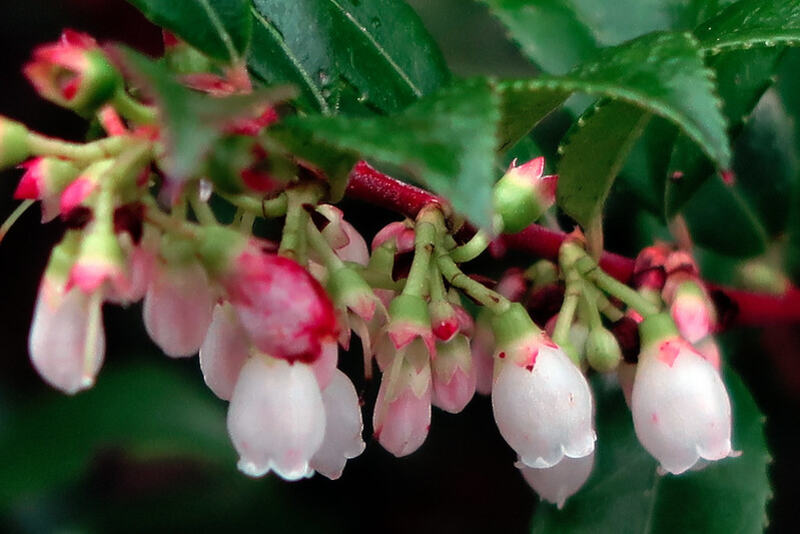
Photo Credit: John Rusk / Flickr / CC BY 2.0
Evergreen huckleberry blooms in spring, producing pinkish-white flowers that hummingbirds and butterflies love. These flowers mature into edible, tasty berries during fall.
Evergreen huckleberry grows best in shady conditions and prefers sandy, well-drained soil. It can also grow in sunny conditions, but the growth rate will be slower and limited to 6 feet. Evergreen huckleberry is an attractive shrub with oval to lance-shaped glossy green leaves.
Growth habit: Shrub
Mature size: Up to 10 feet tall and 6 feet wide
Duration: Perennial
Foliage: Green
Sunlight needs: Partial to full shade
Soil preferences: Sandy, moist, well-drained soil
Water needs: High
Potential hazards: Non-toxic to humans. Toxic to pets.
8. Red-Osier Dogwood (Cornus Sericea)
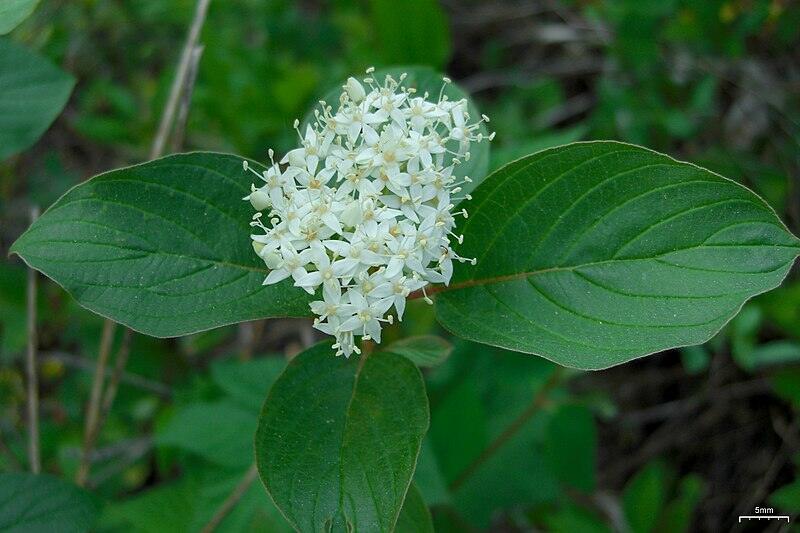
Photo Credit: Jason Hollinger / Wikimedia Commons / CC BY 2.0
Red-osier dogwood is an attractive shrub that grows best in full sun. It grows quickly and can reach up to 9 feet tall. Red-osier dogwood blooms during late spring, producing clusters of small white flowers.
This shrub stands out among other plants during winter with its bright red stems. The leaves look simple, with a dark green appearance on top and a paler appearance below.
Growth habit: Shrub
Mature size: Up to 9 feet tall and 12 feet wide
Duration: Perennial
Foliage: Medium to dark green
Sunlight needs: Full sun
Soil preferences: Sandy, loam, clay, moist, well-drained soil
Water needs: High
Potential hazards: Non-toxic
9. Vine maple (Acer Circinatum)
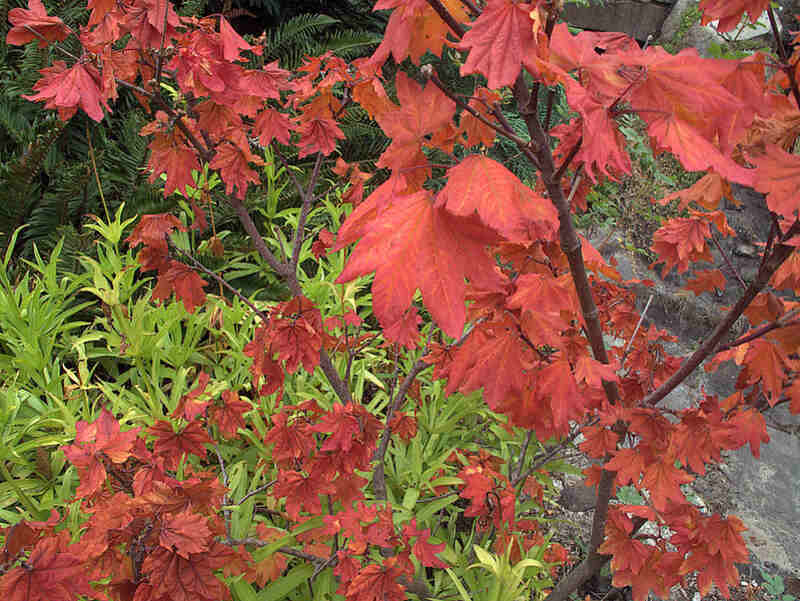
Photo Credit: John Rusk / Flickr / CC BY 2.0
Vine maple is a small deciduous, multi-stemmed tree that grows up to 30 feet in height. It grows best in full sun and prefers humus-rich, moist, and well-drained soil.
Vine maple blooms during late spring, producing red and whitish-green flowers. It features distinctive bright green leaves during spring, but they become red, orange, and yellow during fall.
Growth habit: Tree
Mature size: Up to 30 feet tall and 20 feet wide
Duration: Perennial
Foliage: Green
Sunlight needs: Full sun to partial shade
Soil preferences: Rich, moist, well-drained soil
Water needs: Low
Potential hazards: Non-toxic
10. Wild Ginger (Asarum Caudatum)
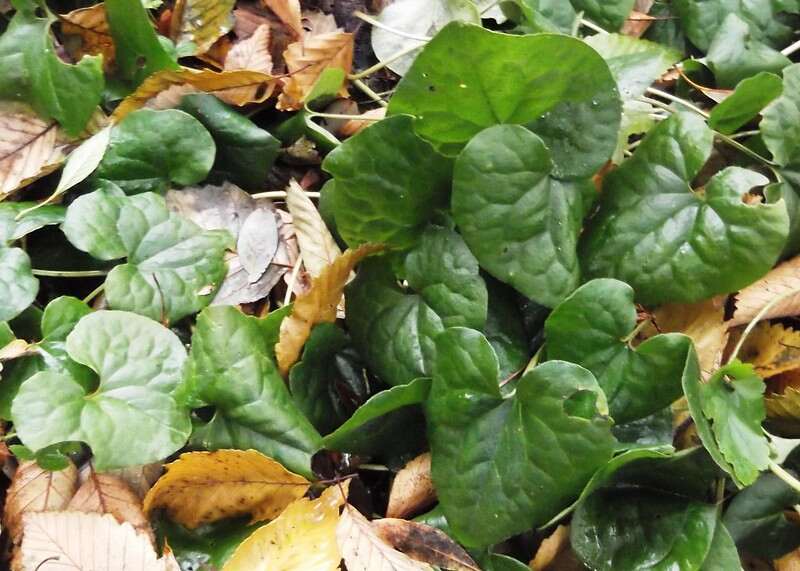
Photo Credit: brewbooks / Flickr / CC BY-SA 2.0
Wild ginger is a good ground cover for shady areas. It blooms from April through July, producing cup-shaped, brownish-red flowers that specifically attract pipevine swallowtails. Wild ginger prefers humus-rich, moist, and well-drained soil. It can’t tolerate direct sun. In fact, the leaves can even burn when exposed to the summer sun.
Wild ginger doesn’t produce ginger as you’d imagine. But, when you crush the leaves, they release a ginger-like odor, thus the reason behind its name.
Growth habit: Ground cover
Mature size: Up to 10 inches tall and 24 inches wide
Duration: Perennial
Foliage: Deep green
Sunlight needs: Partial to full shade
Soil preferences: Rich, moist, well-drained soil
Water needs: High
Potential hazards: Toxic to humans
How To Choose Native Plants
Native plants naturally thrive here, so they require little maintenance and are more eco-friendly than non-natives.
Spokane’s hardiness zone is 6, meaning the summers are warm, and the winters are cold and snowy. All plants listed here are native to Washington and can thrive in Spokane’s climate. So now it’s a matter of choosing the ones that suit your taste and your maintenance needs.
Also, don’t forget to consider a plant’s toxicity, especially if you have kids and pets.
The Final Word
Now that you have chosen the best native plants, it’s time to work on other factors to make your landscape look the best in your neighborhood. Also, don’t forget to select a grass that thrives here.
If you want to experience a lush, green, and healthy lawn without breaking a sweat, Wikilawn Spokane lawn care pros can help.
Main Photo Credit: Riverside, Spokane / Roman Eugeniusz / Wikimedia Commons / CC BY-SA 3.0

